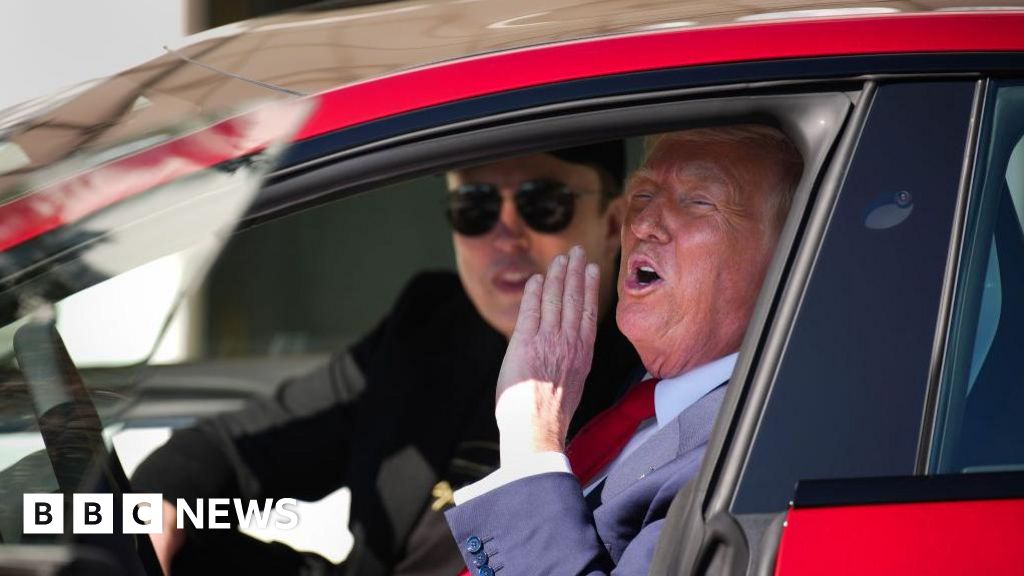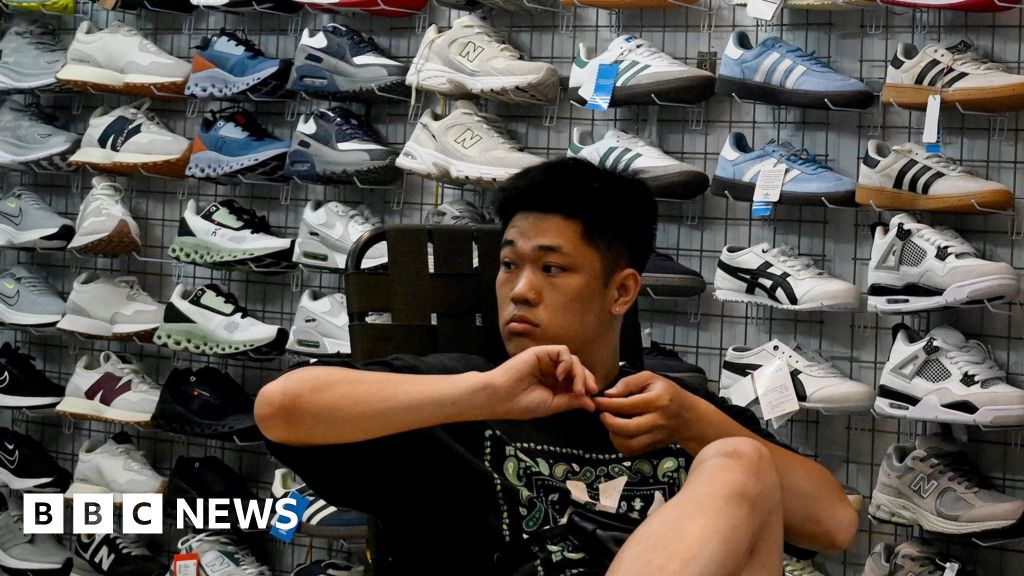Curtin University research has revealed that high densities of European honey bees could be harming Australian native bees’ fitness by reducing their reproductive success and altering key traits linked to survival.
The study “Introduced honey bees have the potential to reduce fitness of cavity-nesting native bees in terms of a male bias sex ratio, brood mortality and reduced reproduction” is published in Frontiers in Bee Science.
Led by Adjunct Research Fellow Dr. Kit Prendergast from Curtin’s School of Molecular and Life Sciences, the study found that honey bees not only dominate pollen resources but may also affect the fitness of native cavity-nesting bees—with concerning consequences for biodiversity.
Dr. Prendergast said the study used specially designed wooden ‘bee hotels’ located in 14 urban bushland and garden sites in Perth, Western Australia, to assess how honey bee density influenced key indicators of native bee health and reproduction over two spring-to-summer bee seasons.
“Bee hotels are more than just a way to give bees a place to nest—they’re powerful research tools that let us measure how well native bees are surviving and reproducing in different environments,” Dr. Prendergast said.
“We also studied 1,000 native bee nests, which provided valuable insights into the fitness of at least 25 species,” she said.
“In areas with higher honey bee densities, native bees produced fewer female offspring, had higher offspring mortality and the males that did emerge were smaller—all of which are signs of reduced fitness.”
Dr. Prendergast said the research also looked at what types of pollen were being used by bees and found honey bees foraged from a wider range of sources, including exotic plants.
“In some conditions, greater overlap in pollen use was associated with lower offspring numbers in native bees,” Dr. Prendergast said.
“This shows that honey bees are not as benign as some might think—they can negatively impact local ecosystems and potentially contribute to declines in native bee populations,” she said.
“These findings add to growing evidence that we need to manage honey bee densities carefully, especially in areas of high conservation value or where native pollinators are already under pressure from factors such as growing urbanization.”
Dr. Prendergast said future research should explore whether adjusting honey bee numbers or increasing the diversity of flowering plants could help reduce their impact on native bees.
The study was done as part of Dr. Prendergast’s Ph.D. research at Curtin.
More information:
Introduced honey bees have the potential to reduce fitness of cavity-nesting native bees in terms of a male bias sex ratio, brood mortality and reduced reproduction, Frontiers in Bee Science (2025). DOI: 10.3389/frbee.2025.1508958
Citation:
Invasive European honey bees could be harming Australian native bees’ fitness (2025, May 19)
retrieved 19 May 2025
from
This document is subject to copyright. Apart from any fair dealing for the purpose of private study or research, no
part may be reproduced without the written permission. The content is provided for information purposes only.


















